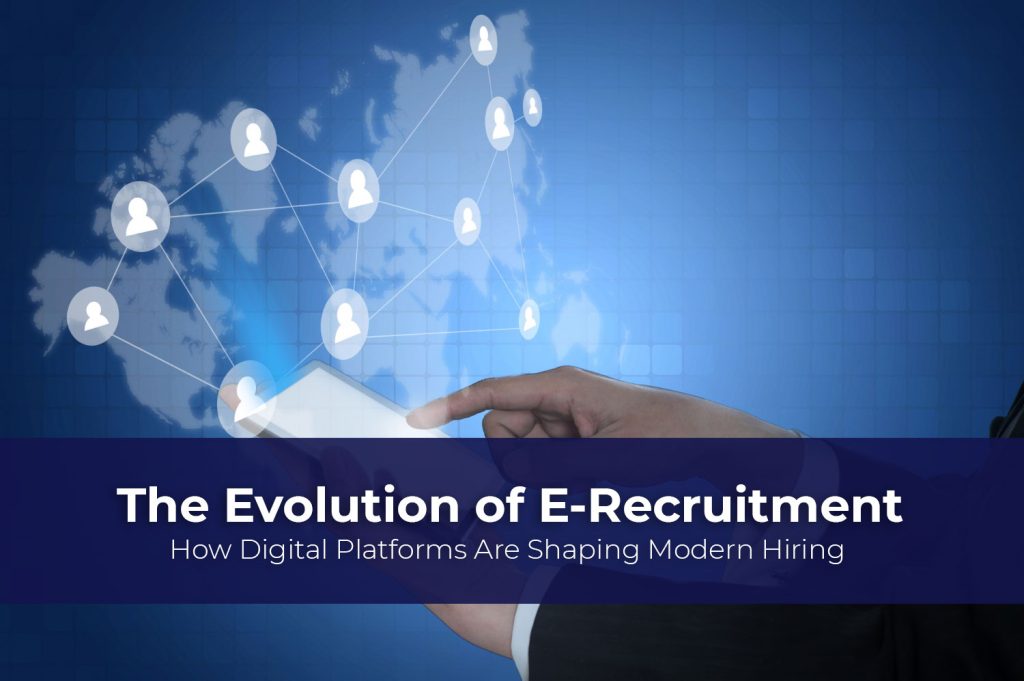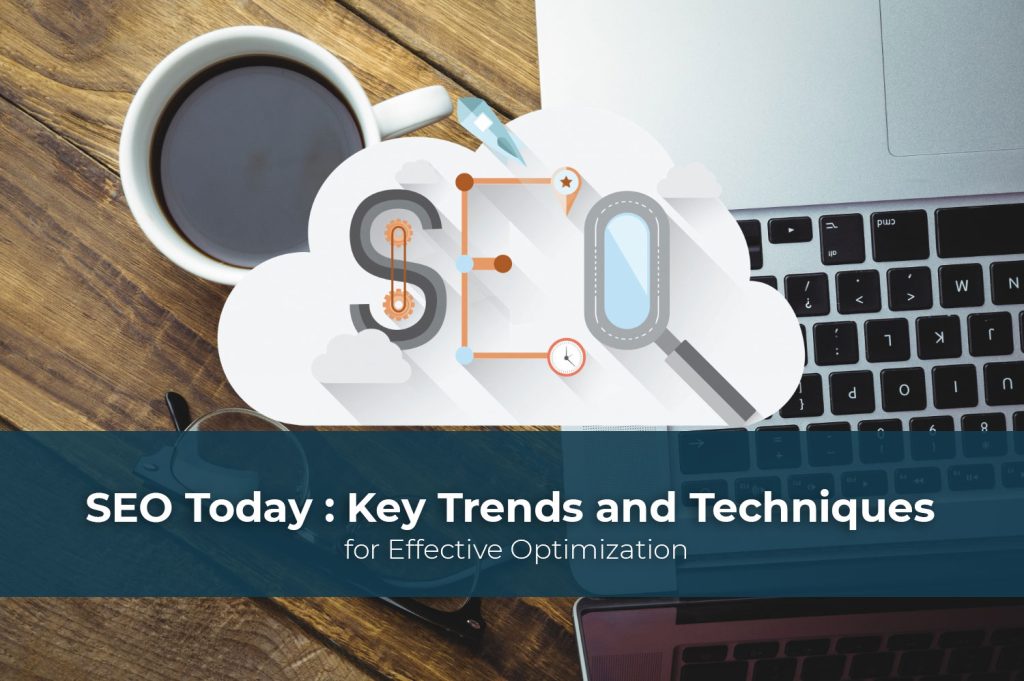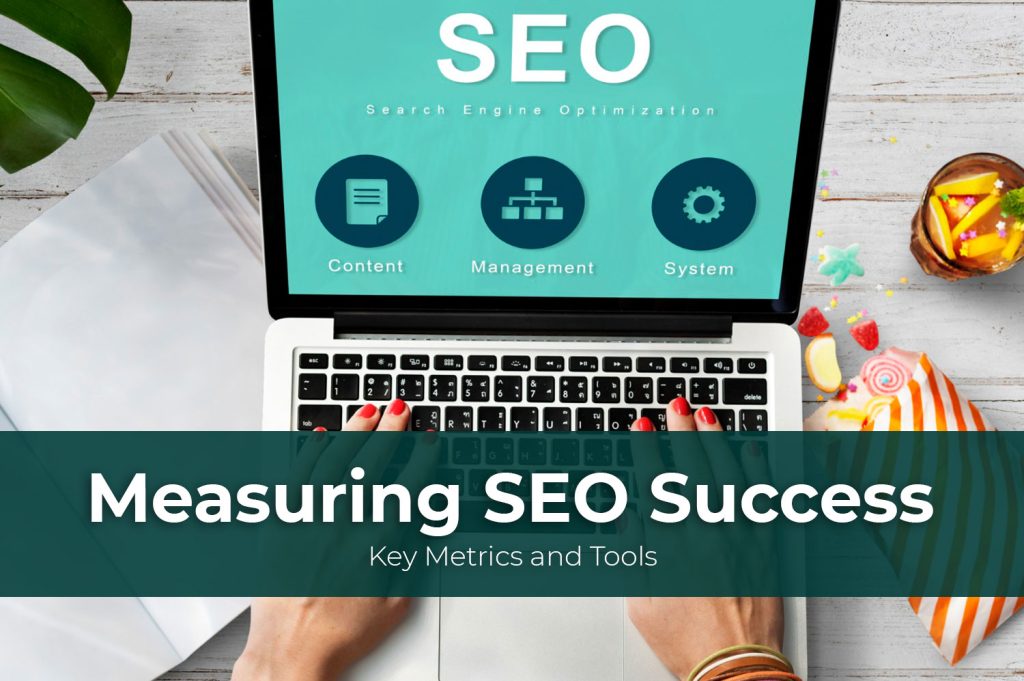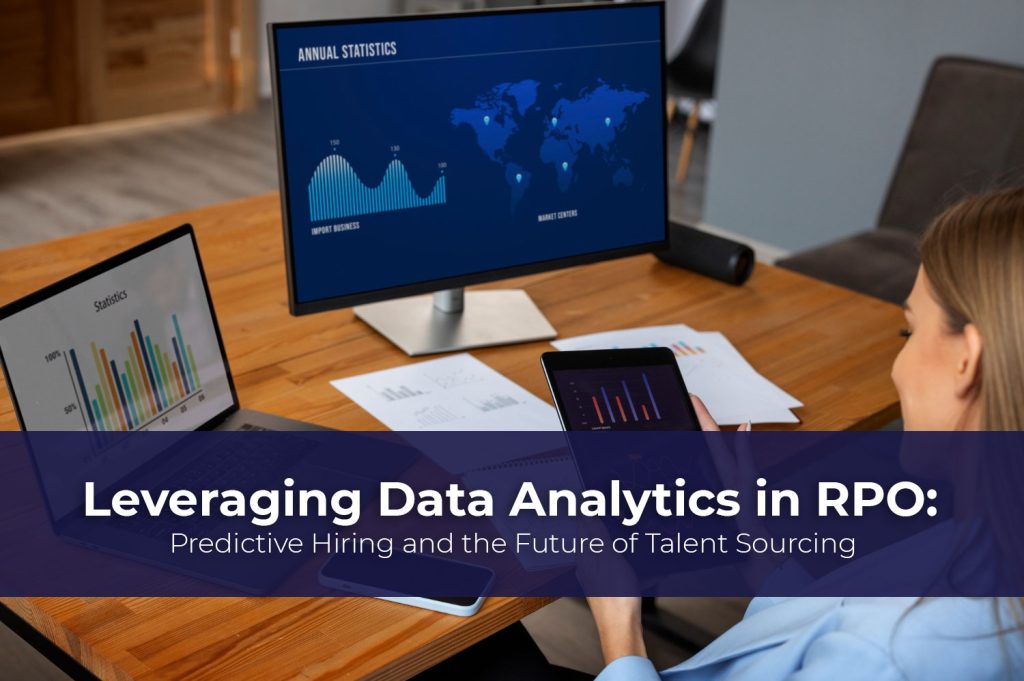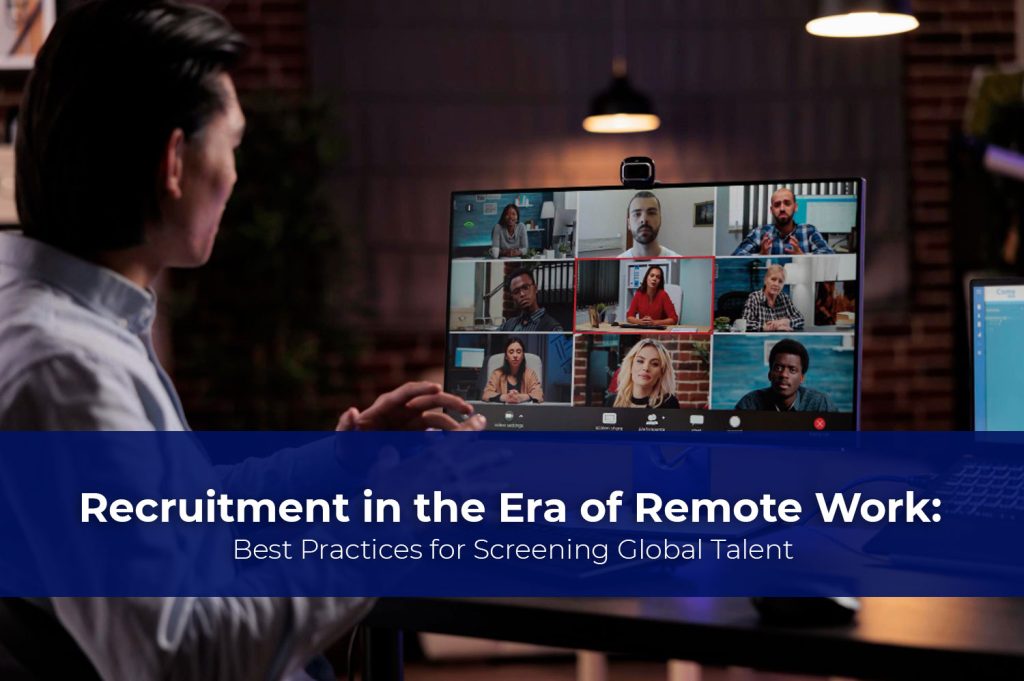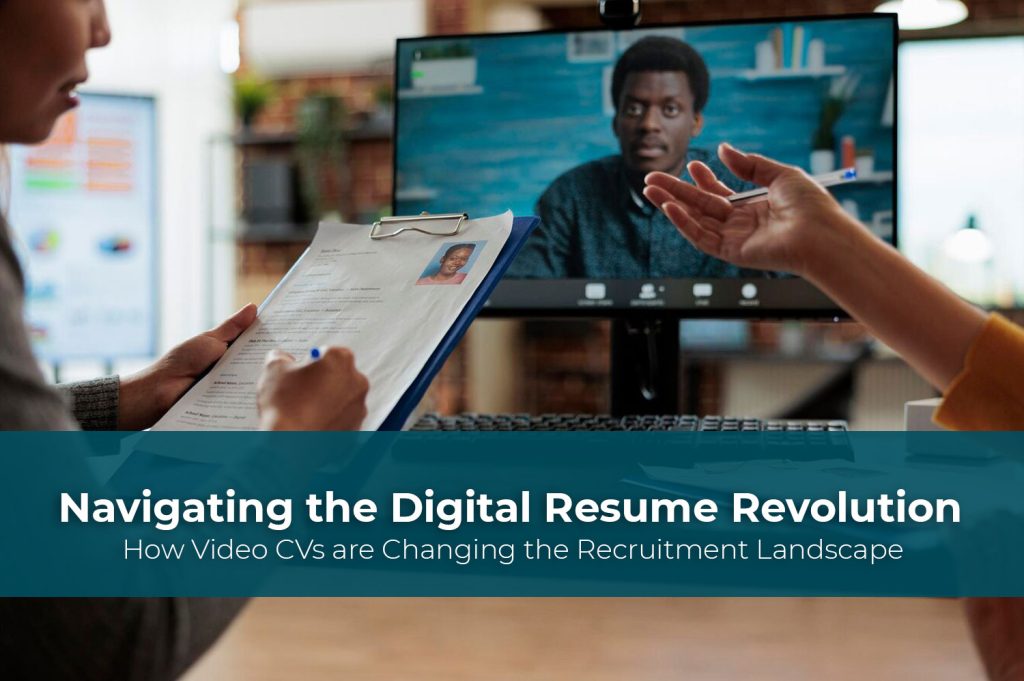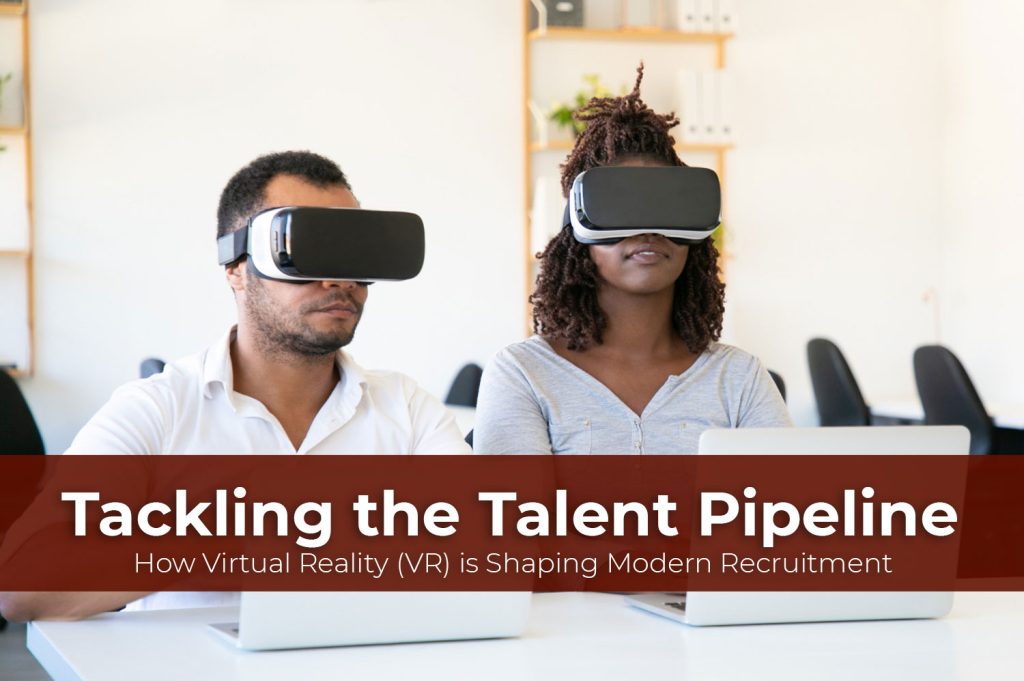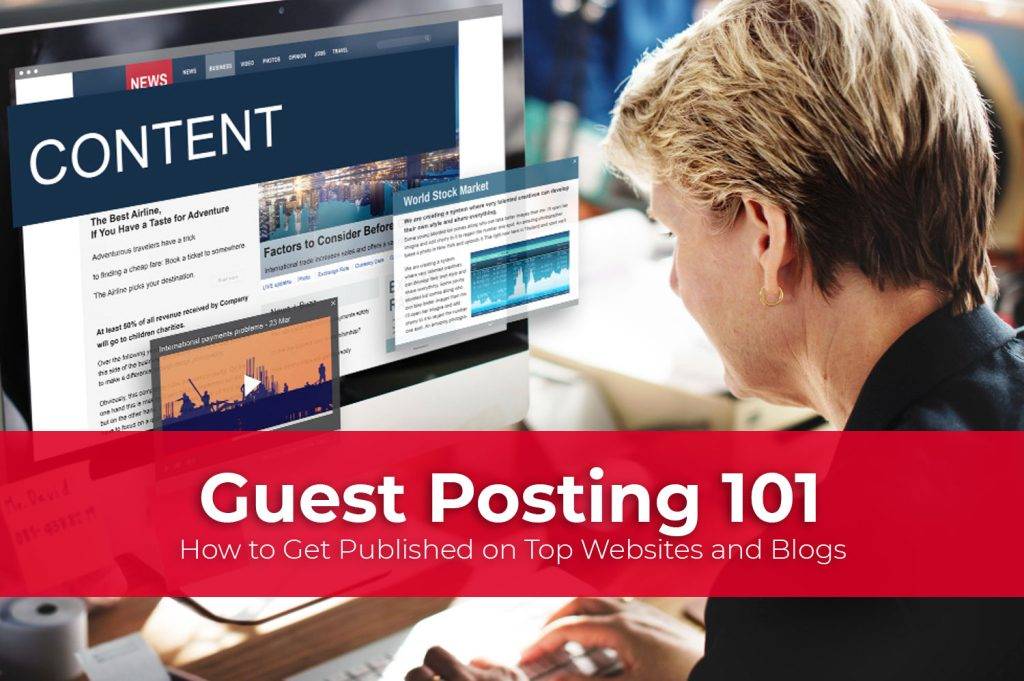Hiring for potential fosters a culture where learning and adaptability are valued. Employees who are eager to grow will contribute to a vibrant and innovative work environment, driving the company towards digital transformation and staying ahead in the competitive market.
Embracing potential allows companies to tap into a diverse talent pool. It breaks the barriers that traditionally limit opportunities and brings in individuals with varied backgrounds and perspectives. This diversity is crucial for fostering creativity and innovation, addressing skill shortages in the workplace, and enhancing problem-solving capabilities.
Personalization is key in attracting and retaining top-tier candidates. Tailored recruitment messages and strategies demonstrate a company’s commitment to individual growth and development, making the organization more appealing to potential employees.
Shaping the future requires vision, adaptability, and a commitment to nurturing talent. By hiring for potential over experience, companies can build a workforce that is not only diverse and innovative but also aligned with the organization’s long-term goals. The strategic advantages of this approach are profound, paving the way for sustained success in an ever-evolving business landscape.




